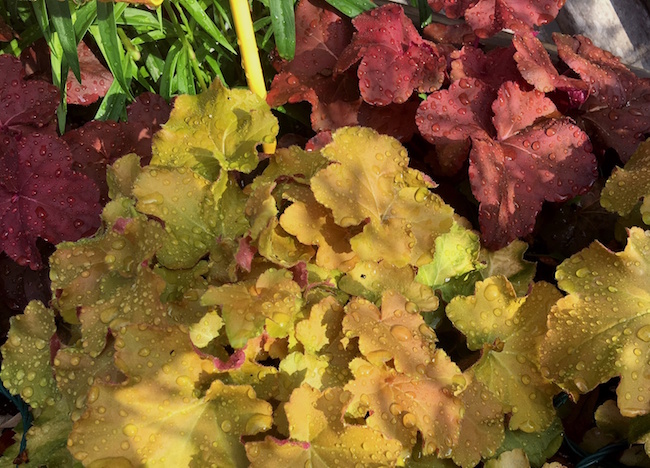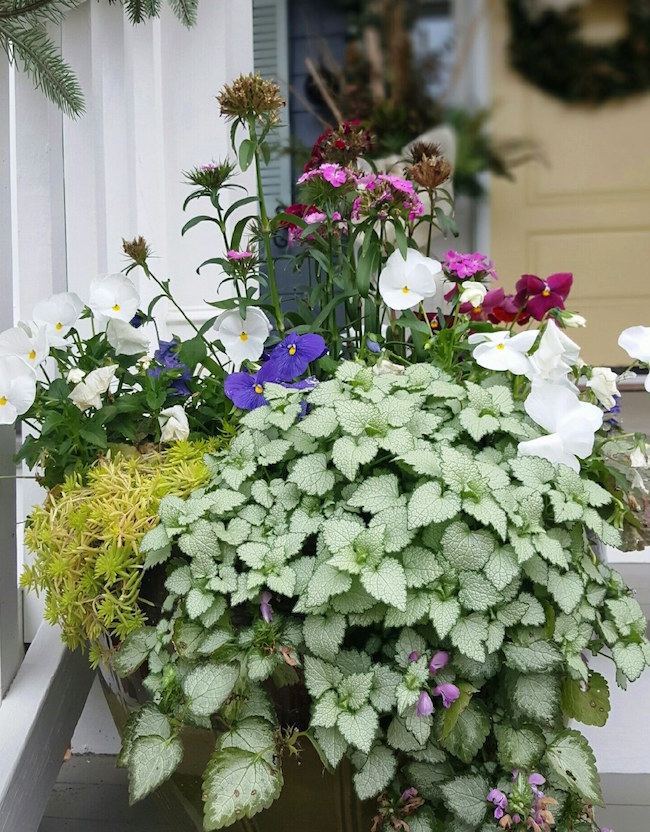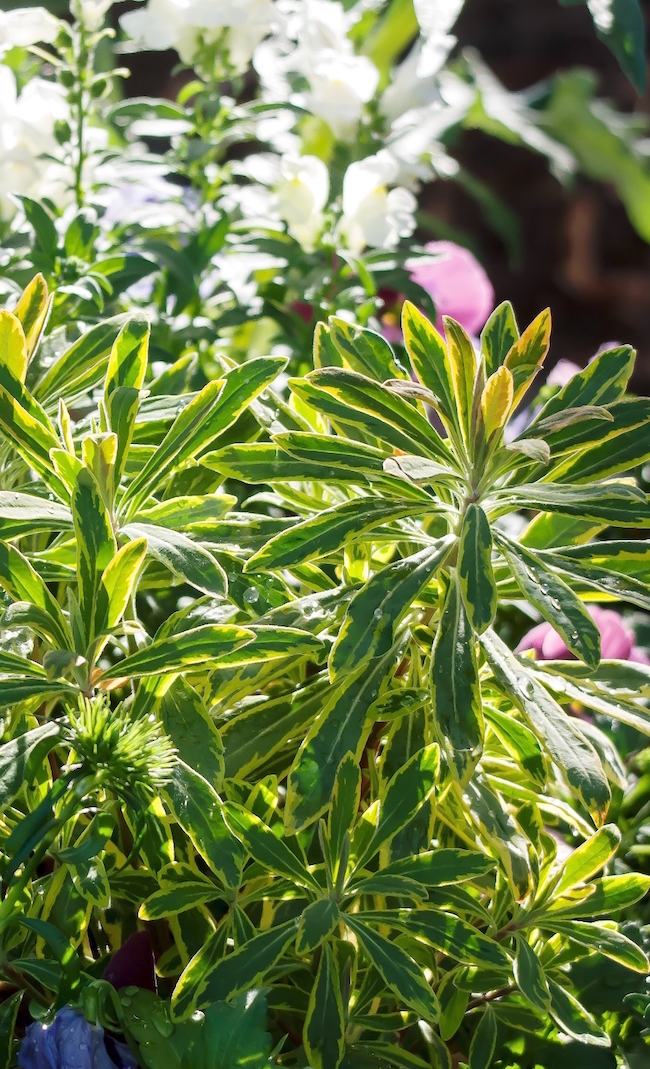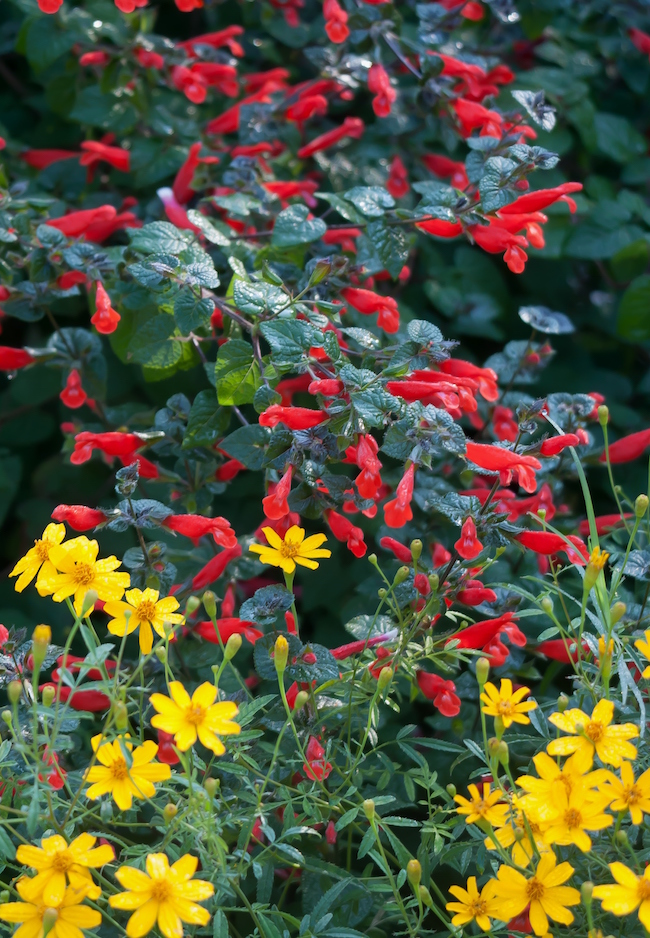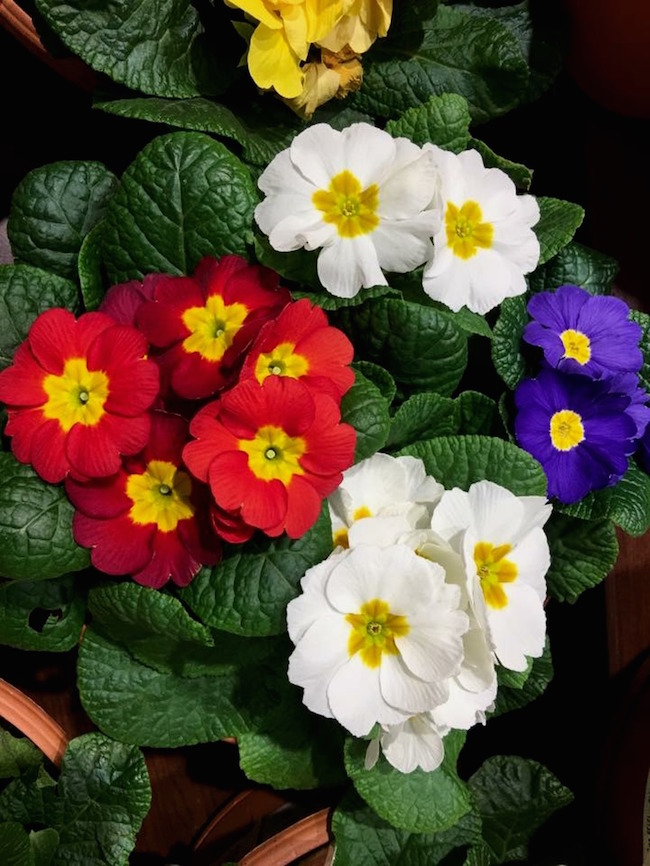 CAES News
CAES News
Fake Flowers
“Primula” comes from the Latin word meaning “first of spring.” With 400 species of primulas to choose from, pick one and enjoy some 14 weeks of unimaginable color that no other plant can match.

